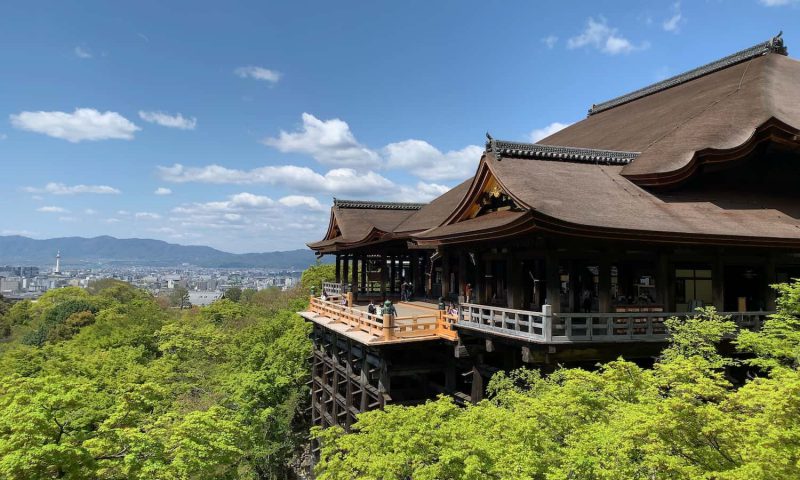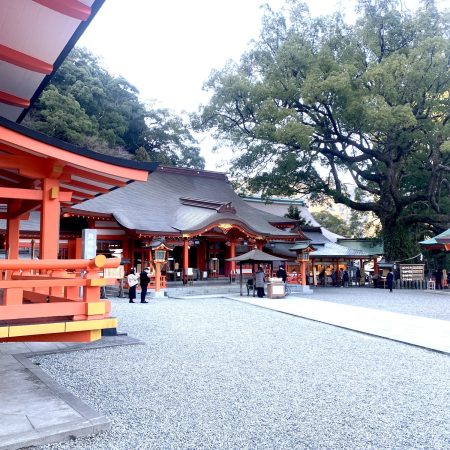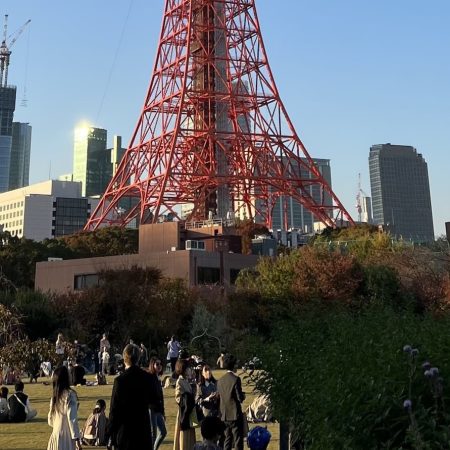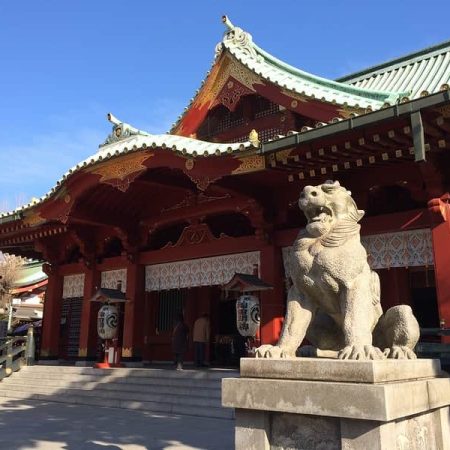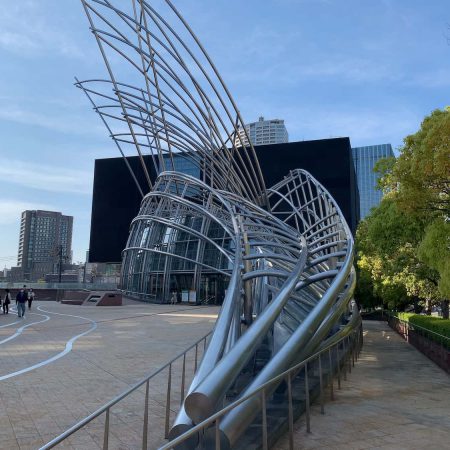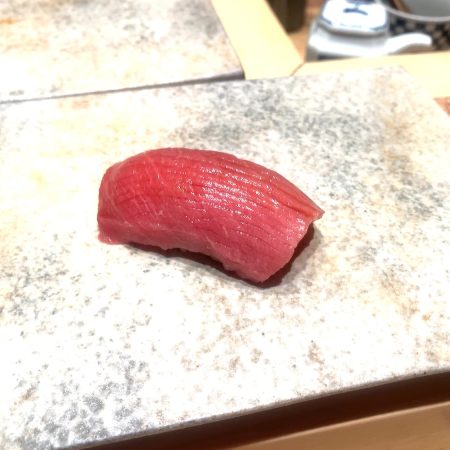Kyoto’s Hidden Treasures: From Golden Temples to Ancient Markets
Kyoto, Japan’s cultural heart and former imperial capital, stands as a living museum where ancient traditions seamlessly blend with modern life. This comprehensive guide explores nine of Kyoto’s most remarkable landmarks, each offering unique glimpses into Japan’s rich cultural heritage. From serene temple gardens to bustling traditional markets, these destinations showcase the extraordinary diversity of experiences awaiting visitors in this historic city.
Arashiyama: Nature’s Canvas in Western Kyoto
Nestled in Kyoto’s western outskirts, Arashiyama has captivated visitors since the Heian period (794-1185). This district’s crown jewel is the iconic 155-meter Togetsukyo Bridge spanning the Katsura River. The area’s famous Bamboo Grove creates an otherworldly atmosphere with its 400-meter pathway connecting Nomiya Shrine to Okochi Sanso Villa. The UNESCO World Heritage Site Tenryu-ji Temple, established in 1339, features the renowned Sogenchi Teien garden, recognized as both a Special Historic Site and Special Place of Scenic Beauty.
Fushimi Inari Taisha: Gateway to Sacred Heights
As the head shrine of over 30,000 Inari shrines nationwide, Fushimi Inari Taisha mesmerizes visitors with its thousands of vermillion torii gates forming the famous “Senbon Torii.” These gates, each representing fulfilled wishes, create a mystical pathway up Mount Inari. Stone fox statues, serving as divine messengers, guard the shrine grounds, carrying symbolic items like granary keys and rice stalks, representing prosperity and abundance.
Ginkaku-ji: Silver Elegance in the Eastern Mountains
The Silver Pavilion, nestled within the Higashiyama Jisho-ji Temple complex, represents the refined aesthetic of medieval Japan. Built by Ashikaga Yoshimasa, the eighth Muromachi shogun, this UNESCO World Heritage site embodies the wabi-sabi philosophy of quiet simplicity. Despite its name, the pavilion never received its intended silver coating, adding an intriguing layer to its historical narrative.
Gion: Where Tradition Meets Entertainment
Kyoto’s premier hanamachi district, Gion, preserves Japan’s traditional arts and entertainment culture. This historic area, extending from the Yasaka Shrine, features the renowned Minami-za Kabuki Theater and Gion Kobu Kaburenjo. The district’s preservation efforts have maintained its traditional townscape, particularly along Shira-kawa and Hanamikoji. The UNESCO-recognized Gion Matsuri festival, featuring 34 elaborate yamaboko floats, remains a cultural highlight.
Kinkaku-ji: The Golden Heart of Northern Kyoto
The Golden Pavilion stands as a masterpiece of architectural brilliance within the Rokuon-ji Temple complex. This three-tiered structure, covered in pure gold leaf, reflects different architectural styles in each layer. Rebuilt in 1955, the pavilion serves as a Shariden housing Buddha’s relics and holds designation as both a Special Historic Site and Special Place of Scenic Beauty.
Kiyomizu-dera Temple: Pure Waters of Enlightenment
Spanning over 130,000 square meters, this World Heritage site showcases remarkable architecture, including its nail-free construction. The 13-meter-high Kiyomizu-no-Butai stage offers breathtaking city views, while the Otowa Waterfall below presents three streams said to grant different blessings: academic success, love, or longevity.
Kyoto Tower: Modern Icon of an Ancient City
Rising 131 meters above Kyoto Station, this architectural marvel employs innovative monocoque structure technology, making it the city’s tallest building. Its lighthouse-inspired design symbolically illuminates the traditional cityscape. The observation deck, 100 meters high, provides panoramic views of Kyoto surrounded by its three mountains.
Nishiki Market: Kyoto’s Culinary Treasury
This 390-meter shopping street, housing 130 vendors, has served as Kyoto’s kitchen for over 400 years. The market offers everything from fresh seafood to rare traditional ingredients, while knowledgeable vendors share cooking tips and preservation methods. Visitors can sample local delicacies on-site, making it a living museum of Kyoto’s culinary heritage.
Ryoanji Temple: Zen Minimalism Perfected
Home to Japan’s most famous rock garden, this 15th-century temple showcases the essence of Zen aesthetics. The kare-sansui garden features fifteen carefully placed rocks on raked white sand, creating an enduring mystery that has fascinated visitors for centuries. This UNESCO World Heritage site continues to offer a peaceful haven for contemplation and appreciation of minimalist beauty.

